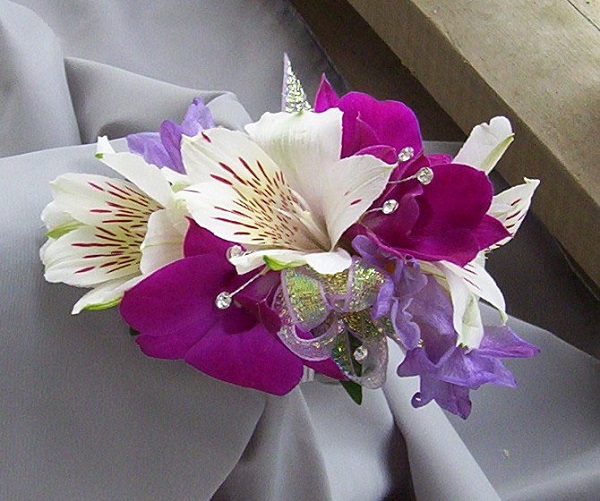
The epiphyte species of orchid are known for growing on trees and rockeries, one member of this species is the Dendrobium orchid. Despite living among these surfaces the Dendrobium, and the epiphyte species are in no way considered to be parasites. This is because the plant retrieves its required nutrients from other means, and not the tree or object it is attached to and for this reason they are known as “air plants.” Dendrobiums can be found naturally in the following locations:
- Australia
- Borneo
- Far East
- New Guinea
- New Zealand
- Philippines
There are more than 1,200 species of Dendrobiums with a vast array of shades and sizes. This species is great for new orchid growers, as they are simple to care for, but experienced orchid growers will still enjoy their beauty when in bloom. Even better, with the right dendrobium care they will still flourish rather they are grown indoors or out.
A fascinating fact of Dendrobium care is that the common pseudo bulb is not found with them, but they have pups or small knobs that protrude from the stem, which allows them to proliferate.
The maintaining of damp roots is a must with any orchid, until the plant lays dormant, and then the root must be allowed to become fully dry. Throughout this period, you will see your orchid’s stems resemble bamboo. Then when it returns to an active plant again the stems will begin to show swelling and you can start watering them again.
An effective way to be sure your orchid requires water is to test the weight of its pot by picking it up. A light pot means that water is required, and the opposite means that the orchid has sufficient water for the time being. As you gain experience you will be able to know by looking at your plant if water is needed for correct dendrobium care. Misting your plants regularly is vital, especially through the summer days, when orchids dry rapidly, so a gentle spray each day is important for young or unhealthy plants.
Experienced Dendrobium growers normally plant the seeds in a light soil, wetting it once and misting them daily until the roots begin to show. Wetting the area around the pot containing the orchids helps create humidity which helps orchids thrive.
Monitoring the pH levels of the water is a vital part of dendrobium care; the ideal level should be 4.5 to 5.0, so a little more to acid than alkali.
Related Articles & Free Email Newsletter
4 Tips for Growing Young Orchids
7 Ways to Guarantee Healthy Orchids




Comment here